Category: Uncategorized
-
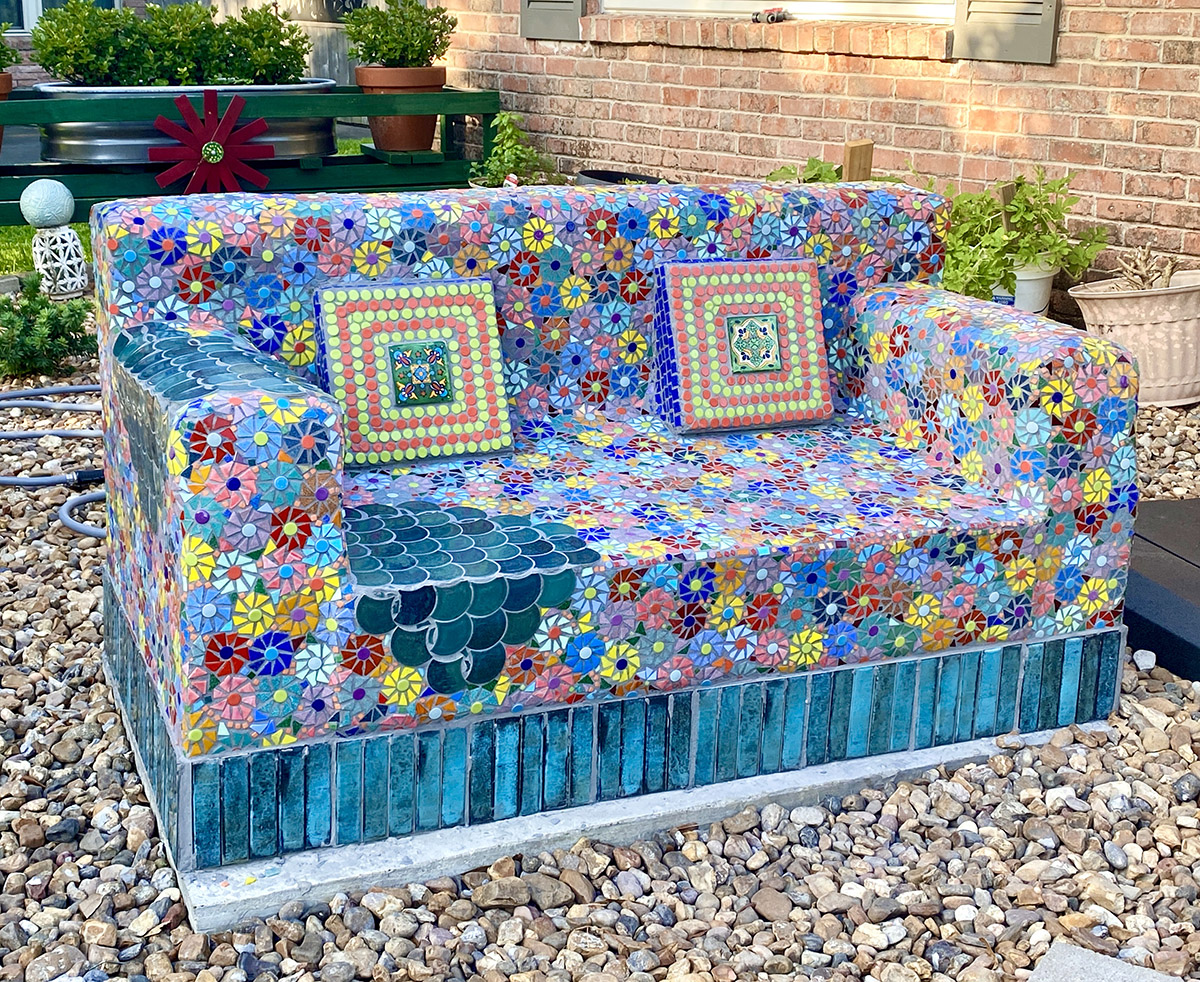
Mosaic Sofa Bench: Best Practices for Outdoor Sculpture
Artist Candy Hahn recently completed a mosaic sofa bench for her patio area, and the color scheme and floral pattern are nothing short of inspiring. Candy’s mosaic bench also reminded me of one of our central missions as a supplier of art materials, and that is to promote best practices. We live in the misinformation…
-
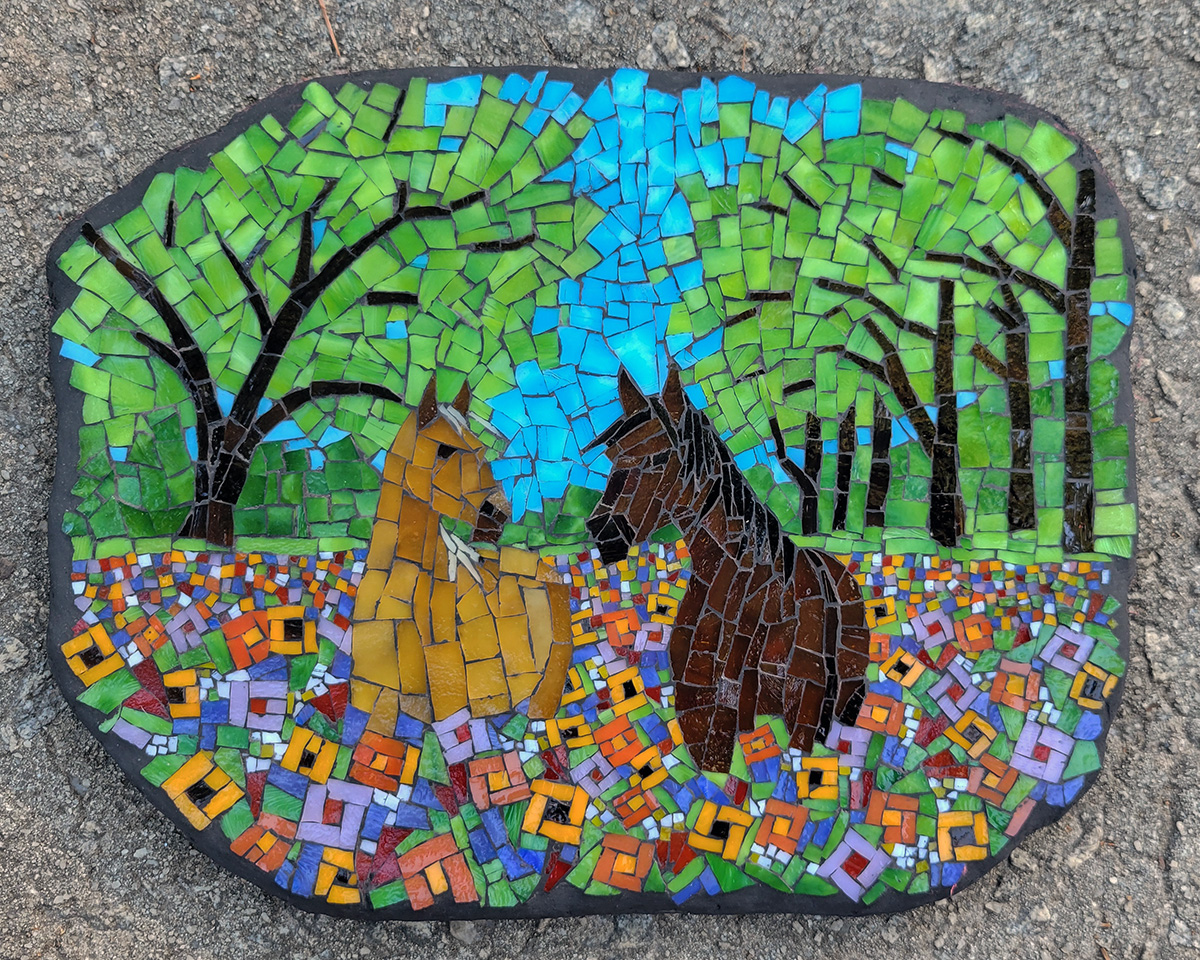
Horses in Wildflowers Mosaic
I finished my latest miniature mosaic: Horses in Wildflowers. It’s about 10 inches wide and mounted on a reinforced mortar stone, which is my backer of choice. The grout is charcoal black in color, which is my go-to color for grout. The grout is non-sanded because my grout gap is incidental and thin, the tiles…
-

The Mosaic Workshop
An article about The Mosaic Workshop and artist J Muzacz is long overdue. Located in Austin, Texas, The Mosaic Workshop teaches people of all ages and abilities the art of mosaic making through hands-on classes at all levels and community-led mosaic murals of monumental scale.
-
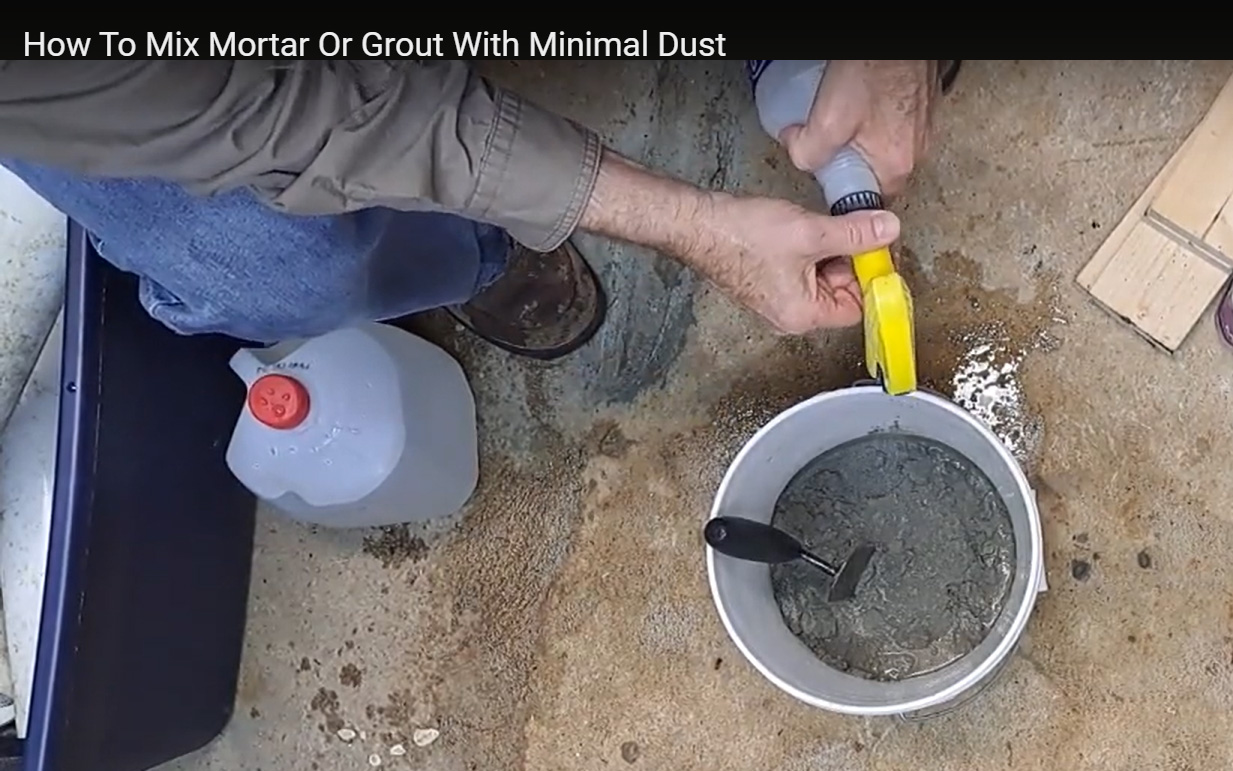
How to Mix Grout or Thinset with Minimal Dust
I have made a video about how to mix up small amounts of powdered products like grout and thinset with minimal dust and mess. I worked briefly as an engineer in an advanced materials testing laboratory with exotic and toxic materials, and I have put some thought into the methods I show in the video.…
-
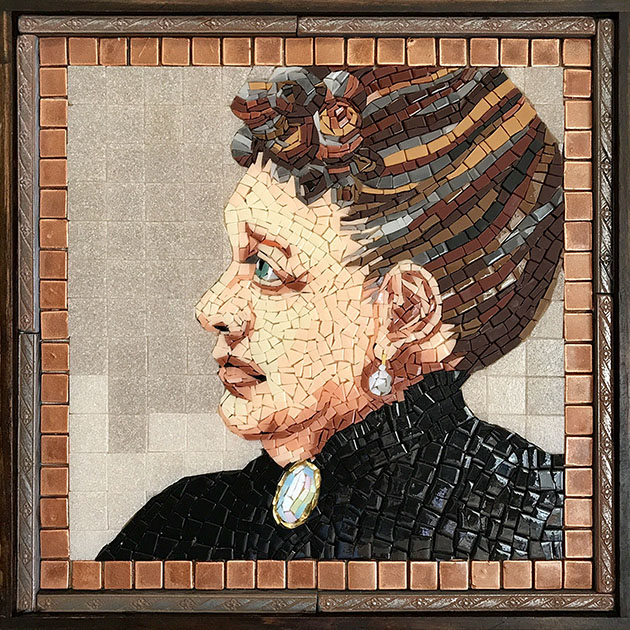
Case Study: Mildred Mosaic Portrait
Artist Mary Spadaro’s mosaic portrait Mildred is a reproduction of a mosaic she saw on Pinterest. I am reluctant to show the model image because I think the photo may be somewhat muted and blurred to enhance its verisimilitude:
-
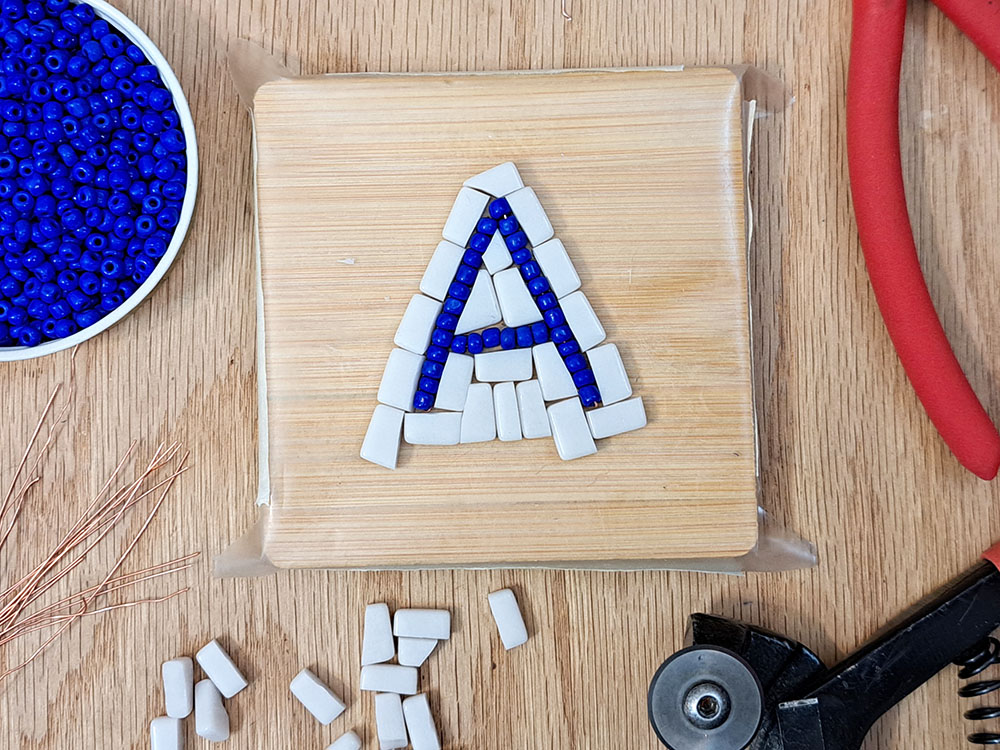
Making Mosaic Letters from Beads
Glass Seed Beads in the 3.7mm size can be strung on short pieces of wire to make letters, numerals, and symbols in mosaic artwork. Step #1. Find Wire Any variety of metal wire can be used, but copper taken from stranded electrical wire is the easiest to find and use:
-
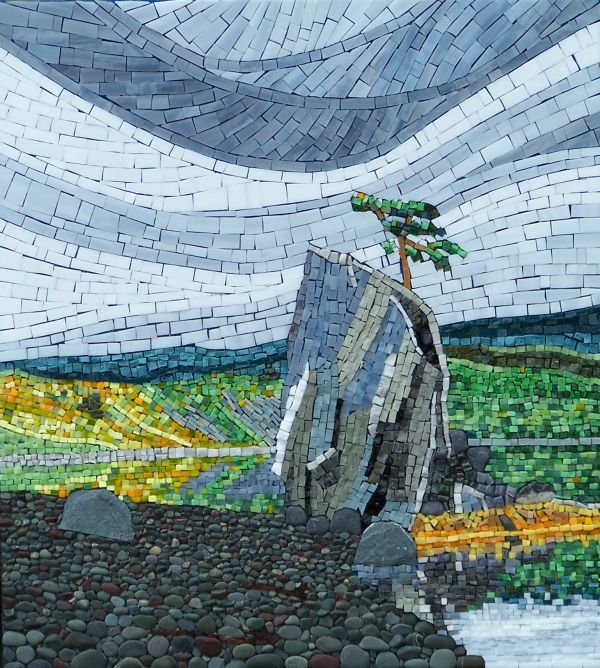
Texture and a Sense of Space: the Mosaics of Terry Nicholls
For those of readers who were asking for inspiring examples of no-grout mosaics, I give you the mosaics of Canadian artist Terry Nicholls. I am amazed by Terry’s work and its continuity. It is a very focused exploration of the mosaic medium as a fine art. There is a sense of space that Terry creates…
-
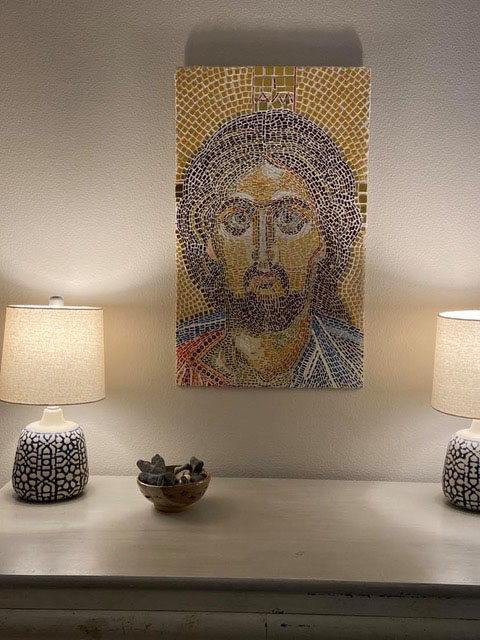
Agonizing Over Mosaic Icons
Artist Sue Hague’s mosaic icons are reproductions of medieval, byzantine, and early Christian icons, and some are mosaic interpretations of icons that were originally paintings. The mosaics Sue produced from these paintings were made with authentic andamento and look as if ancient mosaics were copied tile by tile. Sue describes herself as a beginner still…
-
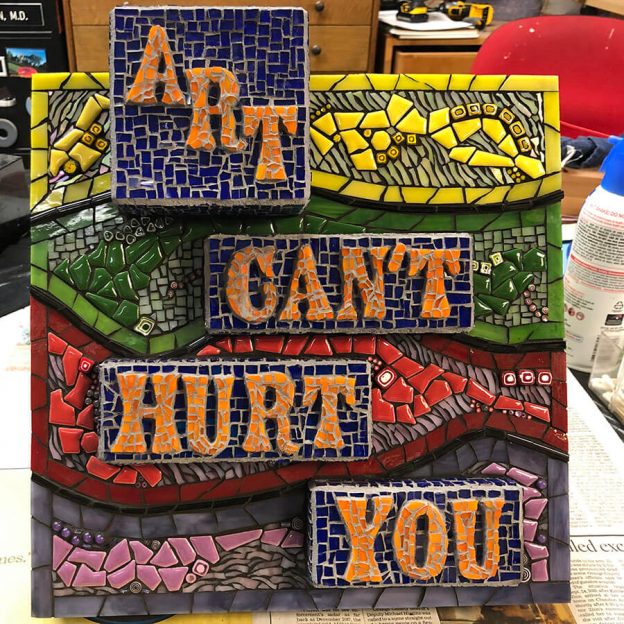
Bas-Relief Plaques and Mosaic Stones
Artist Sandra Arkin’s bas-relief mosaic sign “Art Can’t Hurt You” makes me laugh. Anyone who has ever made a glass mosaic with tiny details has anointed their work multiple times with blood. Am I right, or am I right? Sandra says doesn’t draw or make representations of physical objects in her heart usually, but she…
-
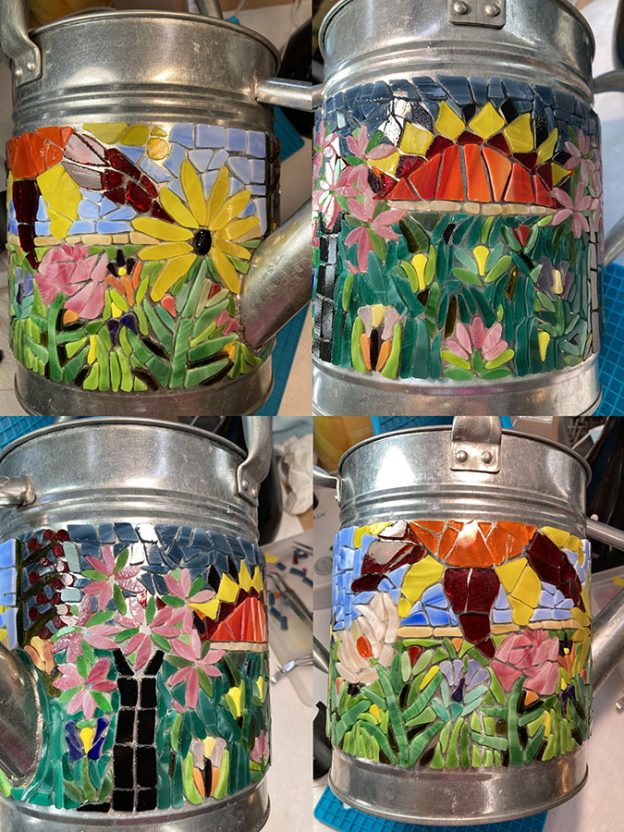
Best Grout Gap For Mosaic Artwork
The best grout gap for mosaic artwork depends on whether or not the mosaic will be outdoors or in a potentially wet location such as a backsplash. When Do You Need A Grout Gap? If the mosaic might get wet or exposed to humid air, you can’t have the tiles touch each other. You need…
-
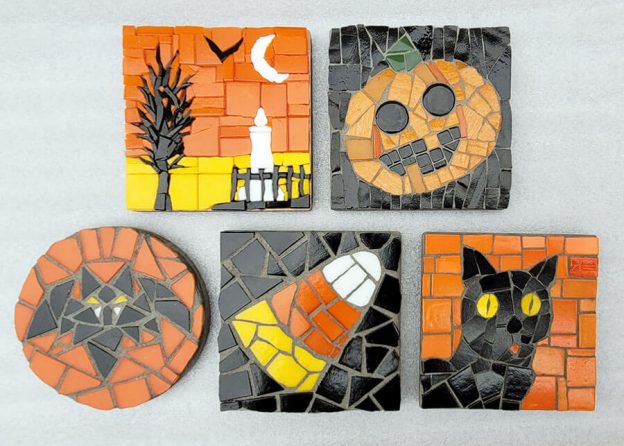
Halloween Mosaic Coaster Kit
Ivana and Natalija have made some Halloween-themed mosaic coasters, and Natalija even put together a Halloween Mosaic Coaster Kit. The kit comes with the tile and materials needed, but it doesn’t come with a pattern. As always, we encourage people to make their own designs, but we do have instructions for copying images to make…
-
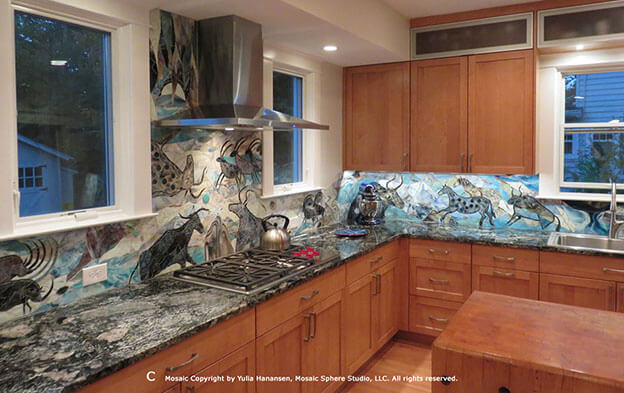
The Stylistic Range of Mosaic Art
At Mosaic Art Supply, we have always tried to promote contemporary mosaic as a fine art and help people of every skill level create original work instead of selling overpriced craft kits for making cliche designs. This may have hurt us some financially, but I have never regretted taking the high moral ground. After all,…
